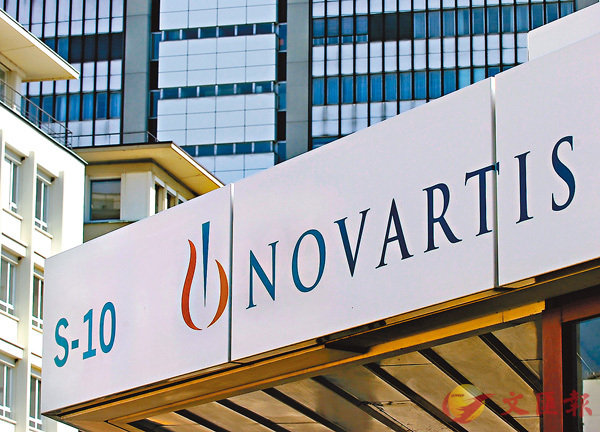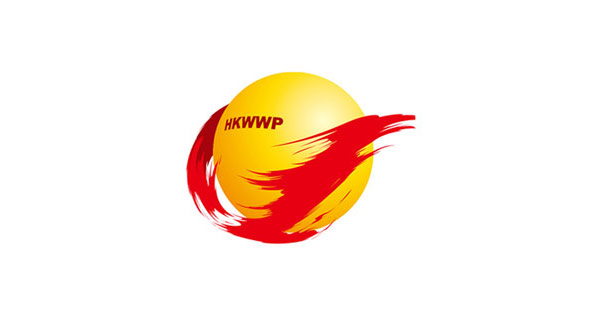 ■諾華研製的新藥(左),成為全球歷來最昂貴藥物。 資料圖片
■諾華研製的新藥(左),成為全球歷來最昂貴藥物。 資料圖片【原文】下文摘錄自香港《文匯報》2019年5月26日報道︰
瑞士藥廠諾華(Novartis)為治療罕見的嬰兒脊髓肌肉萎縮症(SMA,spinal muscular atrophy),研發一次性的基因療法Zolgensma,新藥前日獲美國食品及藥物管理局(FDA)(Food and Drug Administration)批准上市,定價高達212.5萬美元(約1,660萬港元),成為全球歷來最昂貴藥物。美國總統特朗普(Donald Trump)不久前才矢言處理藥價高漲的問題,今次新藥即開出天價,猶如摑了特朗普一巴掌,令人質疑華府是否把關(gatekeeping)不力。外界亦關注各地醫療系統,未必能承擔引入基因療法的成本,無法讓更多病人受惠。
估計全球每一萬名初生嬰兒,便有一人患上SMA,而美國每年約有400名嬰兒患上此病,他們因體內SMN1基因缺陷(defect),導致肌肉軟弱無力(paralysis),難以活動,若情況嚴重,甚至無法吞嚥(swallow)或呼吸而死亡。當病人在出生後不久注射Zolgensma,便可產生正常的SMN1複製基因,但需盡快注射才能發揮最大效用(effectiveness)。有別於市面上由美國藥廠渤健(Biogen Inc)生產的SMA藥物Spinraza,Zolgensma採用基因療法,只需一次性注射藥物便可。目前未知新藥效用能維持多久,但路透社(Reuters)引述數據指出,效用只能持續約5年。
FDA表示,根據一項向36名兩周至8個月大嬰兒進行的臨床實驗(clinical trial),顯示大部分患者大幅改善活動能力,如更能控制頭部移動和坐立姿勢,故批准Zolgensma用於治療患有SMA的兩歲以下幼兒,包括尚未出現病徵的幼兒。但FDA指出,新藥最常見副作用(side effect)是肝酵素(liver enzyme)水平上升和嘔吐,故要求新藥附上警告標籤,列明可能患上嚴重肝病的風險。
諾華早前表示,至今已透過Zolgensma成功治療150多名SMA病人,並估計每劑新藥定價需達500萬美元(約3,905萬港元),才能達到成本效益(cost-effectiveness)。美國獨立研究機構「臨床及經濟評論研究所」(Institute for Clinical and Economic Review)認為諾華的估算過高,120萬至210萬美元(約937萬至1,640萬港元)才為合理價格。雖然最終定價低於諾華早前預計,但一劑212.5萬美元仍令各方譁然。目前市面最昂貴基因療法,為治療視網膜疾病(retinal disease)的Luxturna,索價85萬美元(約664萬港元),Zolgensma相比下高出逾一倍。至於使用Spinraza治療SMA,首年費用為75萬美元(約586萬港元),其後每年為35萬美元(約273萬港元)。
諾華認為,Zolgensma屬一次性藥物,較需長期使用的藥物,整體藥費較便宜。若保險公司(insurer)把Zolgensma納入受保範圍,可於5年內分期付款,每年42.5萬美元(約328萬港元),假如新藥無效,諾華會歸還部分款項(refund)。諾華亦預計Zolgensma今年內可獲日本及歐盟批准上市。
《華爾街日報》(Wall Street Journal)分析師指出,估計到2022年,Zolgensma銷售額將達20億美元(約157億港元)。
New U.S. drug hits the market with controversial starting price of HK$16 million
【譯文】The Swiss drugmaker Novartis won the approval of the U.S. Food and Drug Administration recently for its gene therapy Zolgensma to treat spinal muscular atrophy (SMA), and priced the one-time treatment at a record $2.125 million (approximately HK$16.6 million), becoming the most expensive drug in the world. It was considered as a violation of the U.S. president Donald Trump's previous pledge to deal with the problem of high drug prices, making people question the effectiveness of gatekeeping of his administration. On the other hand, people were worried that the medical system of various places might not be able to bear the high costs of introducing such gene therapy, making it difficult to benefit the general public.
SMA affects about one in every 10,000 live births and about 400 babies in the U.S. suffer from such disease each year. It is caused by the defects in the SMN1 gene in the babies and it often leads to paralysis, swallowing or breathing difficulty and even death. If babies with defective gene are injected with Zolgensma shortly after birth, a normal copy of the SMN1 gene would be produced, but the treatment needs to be delivered as soon as possible to achieve maximum effectiveness. Zolgensma is different from the Biogen Inc's Spinraza as it adopts a gene therapy and is a one-time treatment only. Whether such medicine can produce long-lasting effects is still unknown but the Reuters quoted data proving that its durability extends to only about five years.
The FDA said it approved Zolgensma based on clinical trials involving 36 patients aged 2 weeks to 8 months, of which the patients treated with the medicine showed significant improvement in mobility such as head control and ability to sit up. Therefore, the authority approved Zolgensma for children under the age of two with SMA, including those not yet showing symptoms. The most common side effects of the new drug are elevated liver enzymes and vomiting, so it was requested by the FDA to show a label warning that acute serious liver injury can occur.
Novartis said it has so far treated more than 150 patients with Zolgensma, and estimated that the price of the new medicine should be set at $5 million (approximately HK$39.05 million) to achieve cost-effectiveness. The Institute for Clinical and Economic Review, an independent research group in the U.S., believed that Novartis' estimate was too high and setting the prices ranging from $1.2 million to $2.1 million (approximately HK$9.37 million to HK$16.4 million) would be more reasonable. Although the final cost of $2.125 million was set at a level lower than Novartis expected, it had provoked a public outcry. At present, the most expensive gene therapy in the market is Luxturna that treats inherited retinal diseases and costs $850,000 (approximately HK$6.64 million), yet, Zolgensma is even sold at double the price of Luxturna. While for the treatment of Spinraza, it costs $750,000 (approximately HK$5.86 million) for the initial year and $350,000 (approximately HK$2.73 million) annually thereafter.
Novartis believed that the overall costs for this one-time treatment should be cheaper than those expensive long-term treatments, saying that it was working closely with health insurers to include the new drug into their standardized coverage terms and to create 5-year agreements of installment payments with $425,000 (approximately HK$3.28 million) per year, and refunds would be offered if the treatment does not work. The drugmaker is expecting approval from Europe and Japan later this year. Analysts of the Wall Street Journal forecasted that the sales of Zolgensma would reach $2 billion (approximately HK$15.7 billion) by 2022.■龐嘉儀
Q&A
1. 美國藥物的專利保護(patent protection)期限有多久?
2. 據統計,歐美國家研發一款新藥的平均成本為多少?
3. 哪個國家有「世界窮人的藥房」之稱?
4. 承上題,該國家仿製藥(generic drug)盛行,源於什麼法案的改革?
5. 承上題,諾華藥廠曾與該國就哪款藥物進行過專利訴訟?
Answer
1. 20年
2. 26億美元
3. 印度(India)
4. 專利法
5. 白血病特效藥Imatinib

